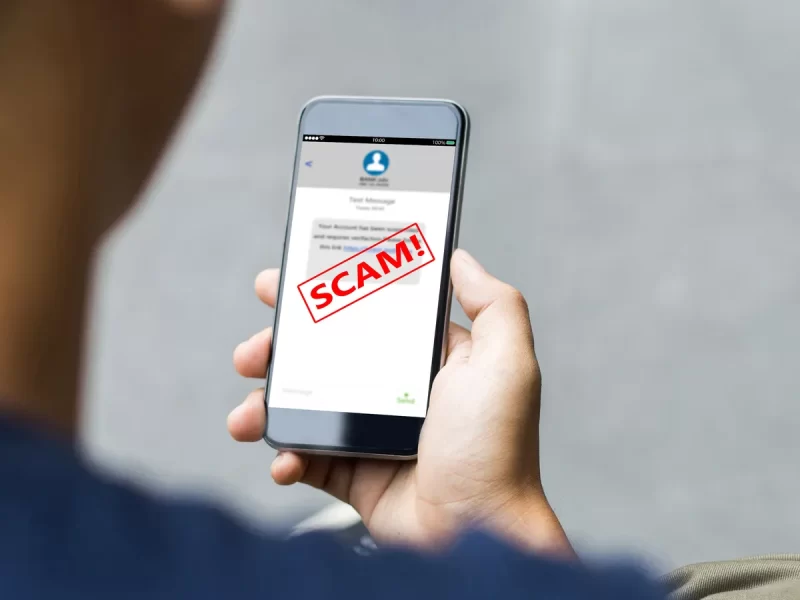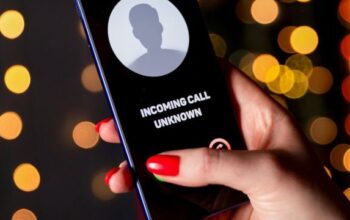Introduction
In the digital age, scams have taken on new and cunning forms, preying on unsuspecting individuals through various means. One such deceptive tactic that has gained notoriety is the us9514961195221 – Scam fake text messages, involving fake text messages. This article will delve into the details of this scam, exposing its modus operandi, how to recognize it, and most importantly, how to protect yourself from falling victim to it.
Understanding the US9514961195221 Scam
-
What is the US9514961195221 Scam?
The US9514961195221 scam is a malicious scheme that relies on fraudulent text messages to trick individuals into taking certain actions that can have detrimental consequences.
-
How Does it Work?
This scam typically begins with the victim receiving a text message that appears to be from a legitimate source, such as a bank, government agency, or well-known company. The message often contains urgent and alarming content, prompting the recipient to act quickly.
Identifying the Red Flags
- Red Flag #1: Unusual Sender Information
One of the first signs of the US9514961195221 scam is the sender’s information. Scammers often use generic or suspicious phone numbers or email addresses that don’t align with the supposed source.
- Red Flag #2: Urgent and Alarming Content
Scammers play on fear and urgency, making their messages sound critical. They might claim that your bank account is compromised, or you owe a significant debt. Be cautious when you encounter such messages.
- Red Flag #3: Unsolicited Links or Requests
Another telltale sign is the inclusion of links or requests for personal information within the message. Legitimate organizations rarely request sensitive data via text message.
Protecting Yourself from the US9514961195221 Scam
- Tip #1: Verify the Source
Before taking any action, independently verify the source of the message. Contact the organization using official contact information to confirm the message’s legitimacy.
- Tip #2: Do Not Click on Suspicious Links
Avoid clicking on any links provided in the text message. Instead, visit the official website of the organization directly by typing the URL in your browser.
- Tip #3: Guard Your Personal Information
Never share sensitive information like your Social Security number, credit card details, or bank account information through text messages.
Conclusion
In a world filled with digital scams and deceptions, it’s crucial to stay vigilant and informed. The US9514961195221 scam preys on unsuspecting individuals through deceptive text messages, but by recognizing the red flags and following best practices for online security, you can protect yourself from falling victim to it.
FAQs
- Can scammers use my personal information if I click on their links?
Yes, clicking on scam links can lead to identity theft or financial fraud. Always exercise caution.
- How do scammers get my phone number for these text messages?
Scammers often obtain phone numbers through various online data breaches or by purchasing lists from the dark web.
- What should I do if I receive a suspicious text message?
Delete the message, do not click on any links, and report it to your phone carrier or relevant authorities.
- Are there any legal consequences for scammers involved in such scams?
If caught, scammers can face legal consequences, but many operate from foreign jurisdictions, making it challenging to prosecute them.
- Is it safe to reply to a suspicious text message to clarify its authenticity?
It’s generally not advisable to reply directly to a suspicious message, as this can confirm to scammers that your number is active. Instead, verify the source independently.






